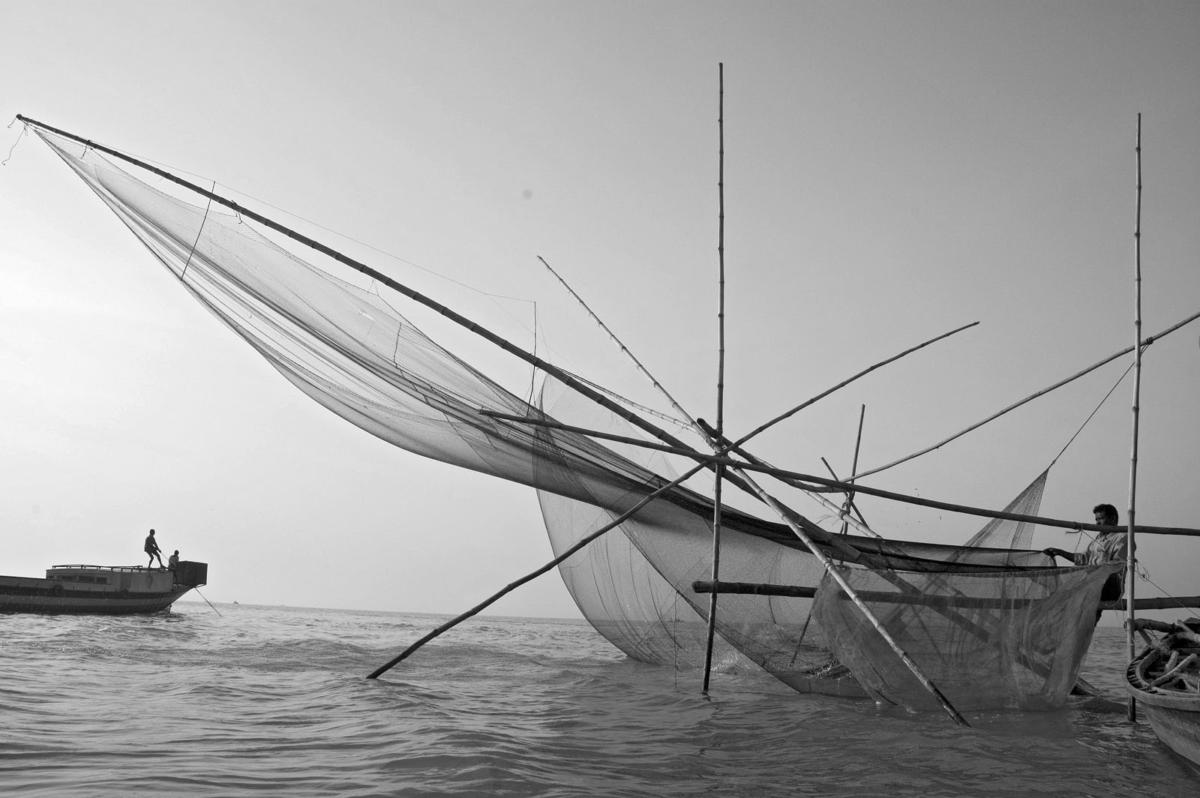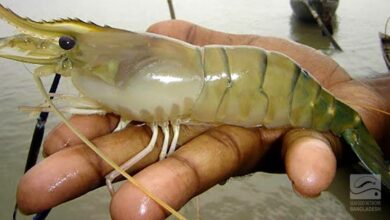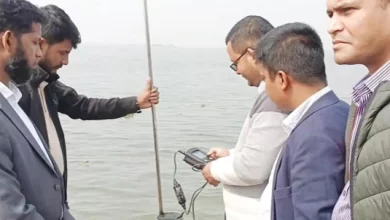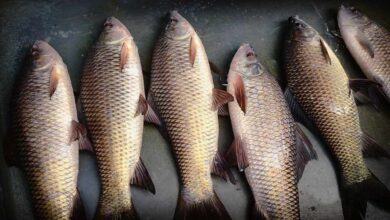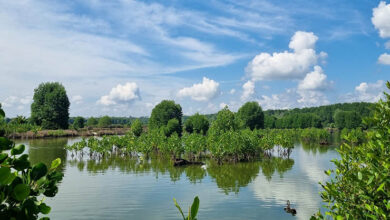In the heart of Rajbari, where Padma River’s pristine waters once teemed with life, a silent menace is gripping the community – poison fishing. It’s a dark secret that’s been spreading its roots, threatening the river’s ecosystem and the livelihoods of local fishermen.
Picture this: Ilius, a small-scale fisherman, struggling to make ends meet because of a sinister practice that has become all too common in his area. Poison fishing. It’s a method that involves the release of toxic substances into the river to catch fish, and it’s wreaking havoc.
This illegal practice isn’t new. Poison fishing has been a concern in the Sundarbans and local ponds, but recently, it’s been making its way to the vast banks of Padma River, sending shockwaves through the community.
The real challenge is identifying the culprits. Poison fishing happens at night, executed swiftly, and the perpetrators vanish from the scene. It’s a world of secrecy, and only a few brave individuals are willing to talk about it, their identities concealed for their own protection.
So, what poisons are they using? Alamgir, one of the poison fishermen, revealed the names: “Major” and “Jagoran,” alongside other harmful substances like Karate and Shobicron, originally meant for agricultural use but now endangering the river’s delicate balance.
The environmental consequences are dire. According to Beyond Pesticides, an organization committed to safeguarding public health and the environment from toxic pesticides, fish are bearing the brunt. Long-term exposure can lead to abnormalities and mutations in fish larvae, while acute exposure can result in mass fish die-offs. The liver, kidney, brain, and gills of exposed fish are particularly vulnerable.
The poison fishermen operate discreetly on nights with fewer competitors. They apply the poison at river bends or turning points, confining its effects to a small area, where smaller fish like shrimp, crab, and spiny eels wash ashore. They can harvest between 5kg to over 30kg of fish in an hour, in stark contrast to regular fishermen who invest in boats, nets, and other equipment.
Authorities are aware of the problem, but arrests related to poison fishing in Rajbari remain scarce. Mofizur Rahman Chowdhury, an ichthyologist at the forest department, expressed concern about the practice’s spread to the Padma River, emphasizing the need for immediate action to protect the environment, fish populations, and the health of local residents.
The ominous presence of poison fishing in Padma River poses a grave threat to the ecosystem and the livelihoods of local fishermen. Urgent action is required to curtail this destructive practice and safeguard the health of the river and its surrounding communities. As awareness grows and authorities step in, the hope is that Padma River can once again thrive as a source of sustenance and ecological balance for the region.

